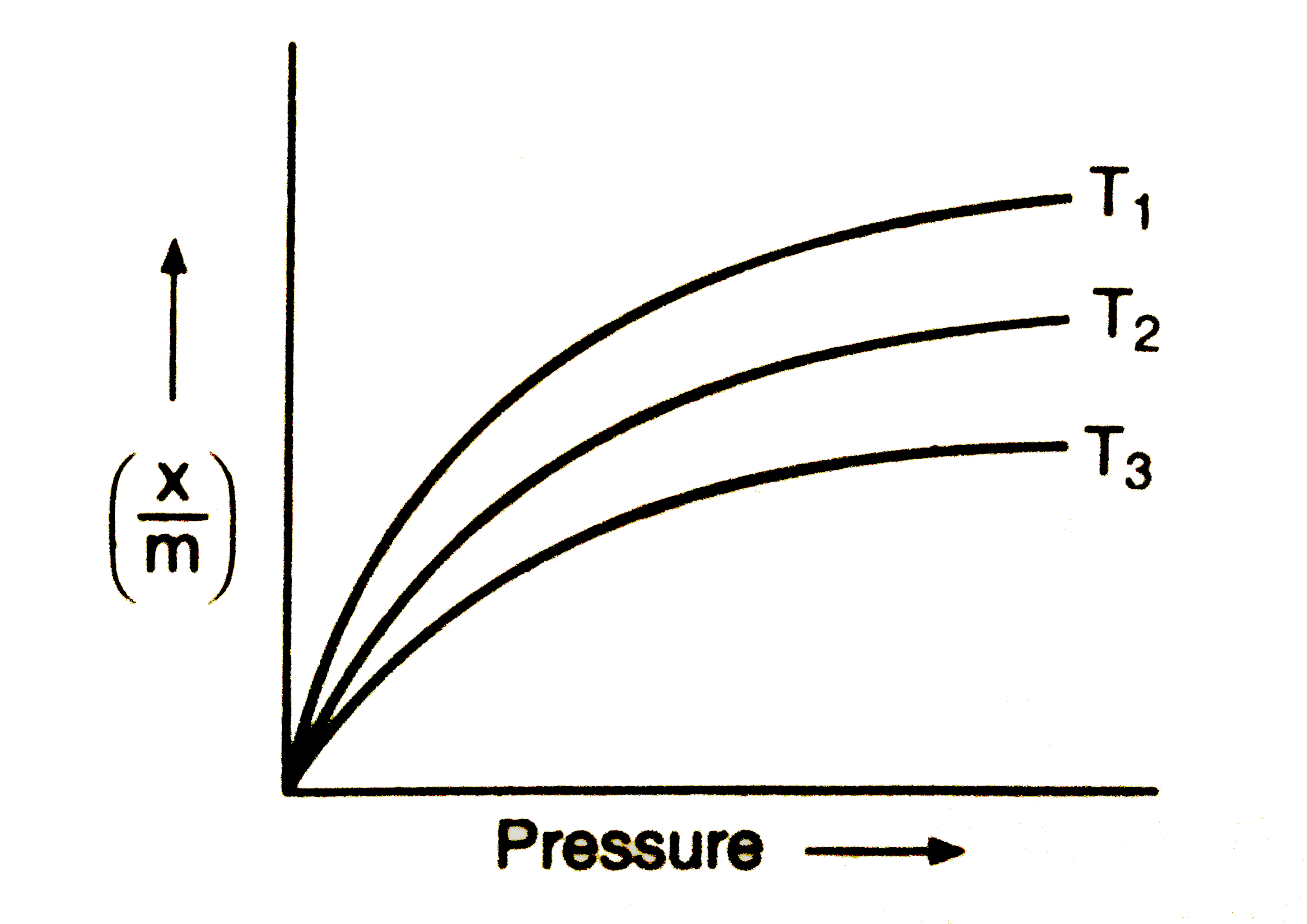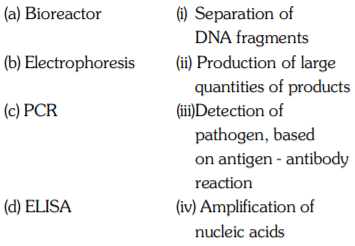Select the correct option in the following.
Christian Huygens a contemporary of Newton established the wave theory of light by assuming that light waves were transverse
Maxwell provided the compelling theoretical evidence that light is transverse wave
Thomas Young experimentally proved the wave behaviour of light and Huygens assumption
All the statements given above, correctly answers the question what is light
The correct Answer is:B
From the wave equation, Maxwell could calculate the speed of electromagnetic waves in free space and he found that theoretical value was very close to the measured value of speed of light. From this he propounded that light must be an electromagnetic wave. Thus, according to Maxwell, light waves are associated with changing electric and magnetic fields as changing electric field produces a time and space varying magnetic field and a changing magnetic field produces a time and space varying electric field. The changing electric and magnetic fields result in the propagation of electromagnetic waves (or light waves) even in vacuum behaves as transverse wave nature.
Topper's Solved these Questions
- WAVE THEORY OF LIGHT BOOK - MHTCET PREVIOUS YEAR PAPERS AND PRACTICE PAPERSCHAPTER - WAVE THEORY OF LIGHT EXERCISE - EXERCISE 2 (Miscellaneous Problems)
18 Videos
- WAVE THEORY OF LIGHT BOOK - MHTCET PREVIOUS YEAR PAPERS AND PRACTICE PAPERSCHAPTER - WAVE THEORY OF LIGHT EXERCISE - MHT CET CORNER
4 Videos
- WAVE THEORY OF LIGHT BOOK - MHTCET PREVIOUS YEAR PAPERS AND PRACTICE PAPERSCHAPTER - WAVE THEORY OF LIGHT EXERCISE - MHT CET CORNER
4 Videos
- WAVE MOTIONBOOK - MHTCET PREVIOUS YEAR PAPERS AND PRACTICE PAPERSCHAPTER - WAVE MOTIONEXERCISE - MHT CET CORNER
23 Videos
Similar Questions
Select the correct option for the following
(A) The cell cycle is divided into two basic phases ......(i)......and (ii) .........
(B) During ........(iii) ....... cell is metabolically active and continuously grows.
(C) Centroile duplicates in the cytoplasm during ........(iv) .........
View SolutionMatch the columns and select the correct option from the following.
Column IColumn II(A)Wheat rust (I)Edible(B)Antibiotics(II)Puccinia(C)Mushroom(III)Sac fungi(D)Ascomycetes(IV)Penicillium
View Solution
Knowledge Check
Select the correct option for the following graph :
 AT1>T2>T3BT1=T2=T3CT1<T2<T3DT1>T2<T3
AT1>T2>T3BT1=T2=T3CT1<T2<T3DT1>T2<T3Select the correct option for the following
(A) The cell cycle is divided into two basic phases ......(i)......and (ii) .........
(B) During ........(iii) ....... cell is metabolically active and continuously grows.
(C) Centroile duplicates in the cytoplasm during ........(iv) .........A(i) Interphase (ii) M- phase (iii) G1 phase (iv) S phaseB(i)G1 phase (ii) S - phase (iii) Interphase (iv) s phaseC(i) Interphase(ii) M- phase (iii) G2 phase (iv) G1 phaseD(i) karyokinesis (ii) cytokinesis (iii) G1 phase (iv) S phaseSelect the correct option from the following
Achristiaan Huygens a contemporary of newton established the wave theory of light by assuming that light waves were transverseBMaxwell provided the compiling theoretical evidence that light is transverse waveCThomas young experimentally proved the way behaviour of light and Huygen's assumptionDall the statements given above correctly answers the question what is light
Match the following techniques or instruments with their usage:

Select the correct option from following :
View SolutionMatch the following organisms with their response characteristics :

Select the correct option from the following :
View SolutionIdentify the chemical changes from the following
I.Burning of magnesium in air
II.Tarnishing of silver spoon
III.Sublimation of iodine
IV.Electrolysis of water
Select the correct option from the following given codes
View SolutionMatch the columns and select the correct option from the following.
Column IColumn II(A)Wheat rust (I)Edible(B)Antibiotics(II)Puccinia(C)Mushroom(III)Sac fungi(D)Ascomycetes(IV)Penicillium
View SolutionMatch the following structures with the their respective location in organs:
(a) Crypts of Lieberkuhn (i) Pancreas(b) Glisson's Capsule(ii) Duodenum(c) Islets of Langerhans(iii) Small intestine(d) Brunner's Glands(iv) Liver
Select the correct option from the following
View Solution
